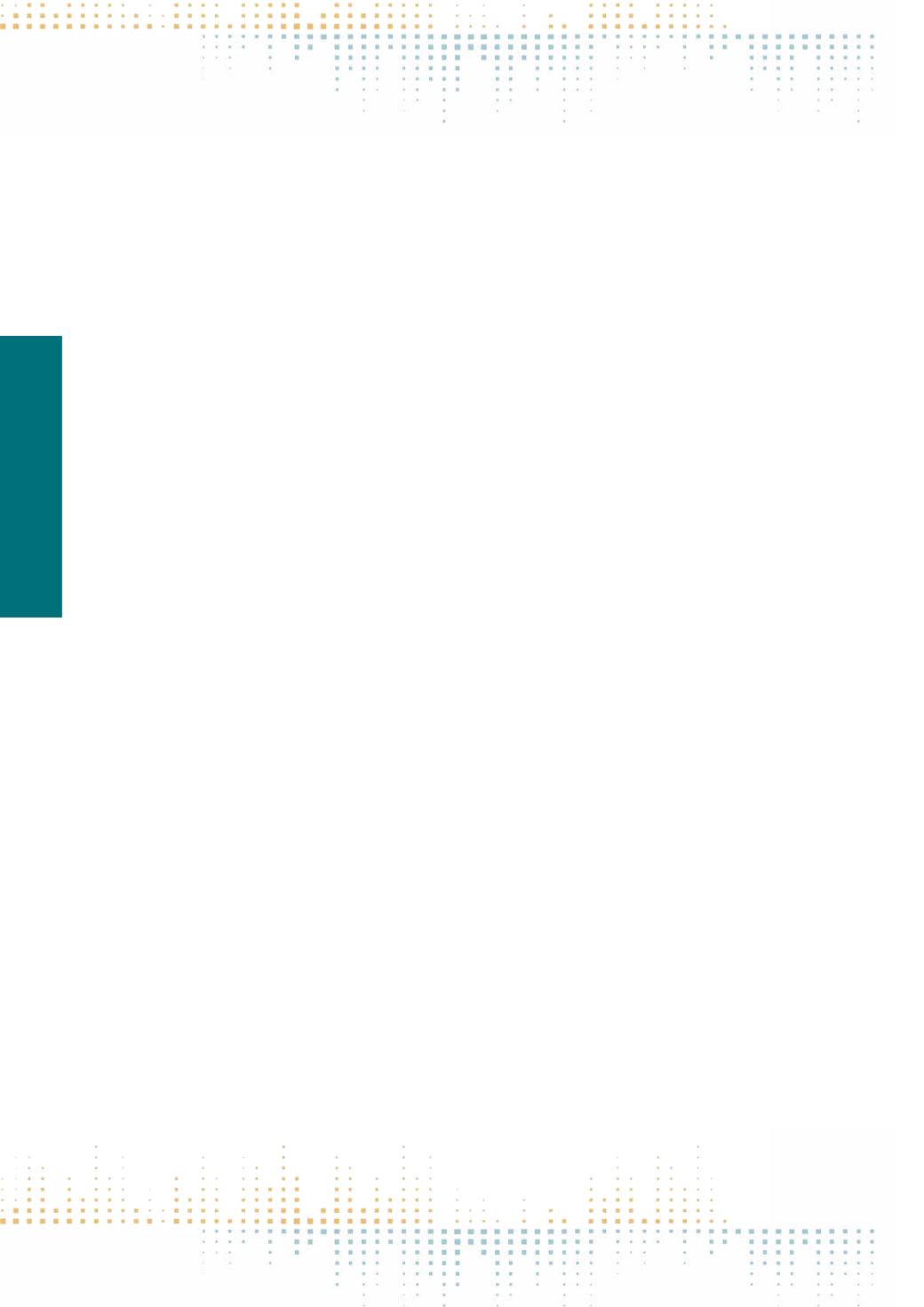

478
Friday, November 11
0 9 : 0 0 – 1 0 : 3 0
aims at presenting empirical evidence for the theoretical assumptions concerning the strategic use of readability to obfuscate negative news respectively to
emphasise positive news.We want to contribute to this line of inquiry with an analysis in a non-English context. For this purpose, three chapters (chairman’s
address, share price development, fiscal year) of the 2014 annual reports of the 30 DAX companies are analysed combining a) a manual quantitative con‑
tent analysis to assess the tone of the texts on a paragraph level and b) an automated content analysis with a calculation of readability formulas to assess
the readability of the chapters, the paragraphs and the tone groups (positive, negative, ambivalent/unclear, neutral). First preliminary results confirm
previous studies by showing that positive news are not necessarily easier to read than negative news. They also indicate that the readability of the chapters
varies in a quite striking manner. At the same time, the differences between the readability of the tone groups are not consistent across the different chap‑
ters. This probably depends on the chapter’s functions in the report. The variation of readability as a possible strategy to control the perceptions of readers
is likely more complex than the binary understanding sometimes held in the literature.



















